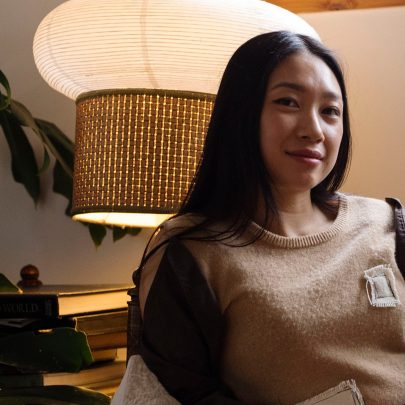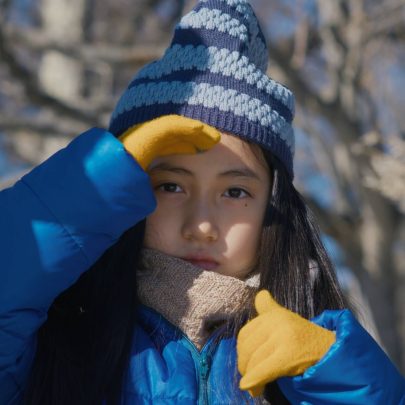Jul 22, 2013 Film & TV
Auteur filmmakers todd Haynes and Martin Scorsese might not be the most obvious reference points for a classical ballet movie, but then Toa Fraser’s Giselle isn’t your usual ballet documentary. In fact, Fraser says his film of last year’s Royal New Zealand Ballet performance isn’t really a documentary at all.
“I was aware that the RNZB have their own reality TV series (The Secret Lives of Dancers), which I haven’t seen, and knew that they do a lot of behind-the-scenes stuff online. so I felt like that sort of reportage stuff was already taken care of. I wanted to do something a bit more poetic.”
Having started life as a stage director before moving to the screen, Fraser says he’s fascinated by the increasingly fuzzy boundaries between disparate artforms, “and this new-fangled concept, transmedia storytelling. With Giselle, I wanted to blur the lines that separate documentary and theatre.”
I’m Not There, Haynes’ kaleidoscopic love letter to Bob Dylan, was a big influence; so too was Scorsese’s film of The Band in concert, The Last Waltz.
Like Scorsese, Fraser focused on finding the small, revealing moments amid the spectacle. He and his cinematographer Leon Narbey, who worked on Fraser’s previous films No. 2 and Dean Spanley, encouraged the five camera operators (“a real who’s who of New Zealand directors of photography”) to approach filming with a passionate eye.
“Leon and I talked a lot about the hallmarks of the Romantic era from which Giselle emerged. We felt that the ballet itself, coming out of Romanticism, gave us licence to get more involved as filmmakers. subjectivity really became a key word for us.”
While the ballet was still in rehearsals, Fraser spent time “skulking around in corners”, observing how the dancers interacted. One day, he sneaked into a small studio where principals Gillian Murphy and Qi Huan were rehearsing the famously beautiful pas de deux from Act II.
“To see that vulnerability and connection up close I found really moving, a lot more than I might from row X of the circle — not to take anything away from the power of their stage performances.”
Out of that moment came what are sure to be some of the most talked-about scenes of the movie, in which the American Murphy and Chinese Huan dance in outdoor urban settings in New York and Shanghai.
“I wanted to experiment by taking the story of lovers who are separated by time and space and magnifying that by literally separating them by geographical distance. The idea was to allow the audience to get closer to the performers, to bring the emotion I saw in that tiny rehearsal studio to the screen.”





